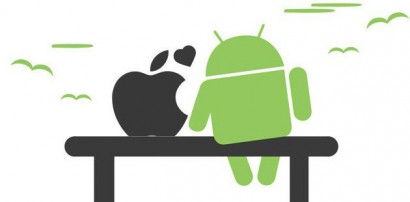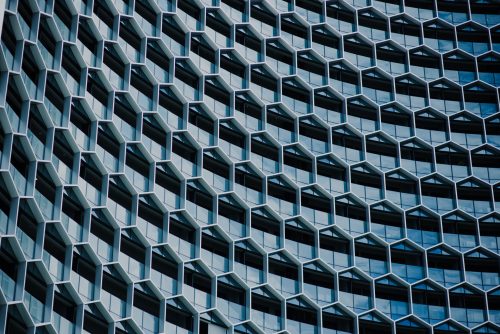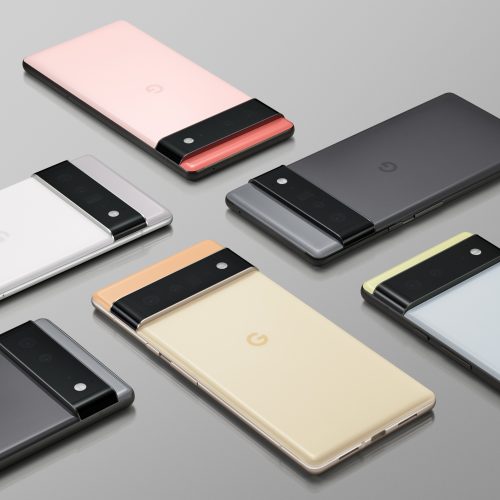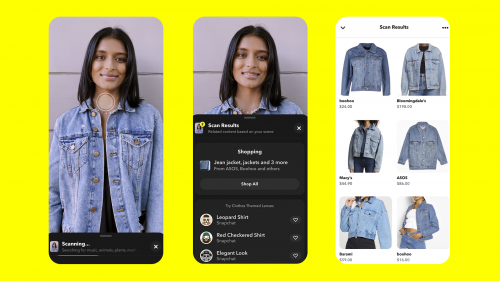The year was 2010. I recall a few of my friends had the iPhone 3GS. It had a huge screen, an ‘all-touch’ display and could take some pretty good photos. In addition, you could install apps! I loved that phone and constantly dreamt about owning one.
In 2011, I was finally ready to buy the 3GS. That was when a friend told me to consider getting an Android device instead. I listened to him and got myself the Samsung Galaxy Mini. I had a pretty good time with the phone. At the same time, the army of Android fans was steadily increasing.
Enter 2012, the Golden Age of Smartphone Fanboyism: Google’s Android fanboys against Apple’s iOS fanboys. There were so many memes, discussions and arguments about which smartphone operating system was the best. Arguably, iSheep and Android robots were blindly following (and defending with intense passion) anything their Overlords threw at them. Jumping ship from iOS to Android or vice versa was not something fanboys even remotely considered — it was just not possible. Their minds were made and their hearts were sold.
Android enthusiasts would constantly bash iOS users for valuing ‘overpriced pieces of garbage’ (their words, not mine) and iOS users would clap back that Android users were cheap.
Four years down the line and the ‘battle lines’ are blurred because we have seen an awful lot of changes from both the Android and iOS ecosystems.
The smartphone industry has changed a lot. Devices have become very good and specs have been maxed out. Whether you go for an iDevice or a Droid usually boils down to your preference, familiarity and not on issues like price, performance and look-and-feel.
Android vs iOS
The crux of the arguments have changed over the years. Let’s consider a few things that have changed but before that, please note the following:
- We shall refer to Android devices offered by the various equipment manufacturers and not just Samsung: it’s Android vs iOS, not Apple vs Samsung
- Arguments assume the use of a non-rooted Android device or a non-jailbroken Apple device
- All “The argument then” scenarios are pre-2012
- All “The consensus now” scenarios are post-2012
CASE 1: “Android is buggy”
The argument then: iOS is a lot smoother in terms of performance than Android. While a lot of tasks can be performed seamlessly on iPhones, Android devices struggle with efficient resource utilization and st…sttuu…stuutter when actions are triggered.
The consensus today: Android is not as buggy as it used to be in the past. As part of its unveiling of Android 4.1 Jelly Bean in 2012, Google unveiled Project Butter, a major effort to squash Android’s frequent problems with device lag. This ushered the Android ecosystem into a new age of buttery smoothness. So many bugs were squashed and significant performance boost became evident. This trend has continued upwards and Android 6.0.1 Marshmallow is a much higher jump from Android 4.1 Jelly Bean. On Stock Android, performance is no longer an issue. On the skinned versions of Android however, you may run into a few hitches here and there but it’s not as bad as it used to be in the past.
CASE 2: “Android is ugly”
The consensus today: Android looks good too, especially Stock Android. While I concede that iOS looks better and more polished than Android (no, seriously, the iOS design team pays attention to the nitty gritties of the UI), the Android UI has SIGNIFICANTLY inched towards beauty over the years. The first complete overhaul of the Android UI came with Android 4.0 Ice Cream Sandwich – dubbed Holo. The Holo scheme refreshed a lot of the UI elements and took a bold step in the right direction. The next overhaul, dubbed Material Design, came with Android 5.0 Lollipop and now, with Android 6.0+ Marshmallow, things are looking very optimized and consistent for the most part on Android. It used to be a lot easier making good-looking apps for iOS than Android. This is no longer the case and now there are some equally highly well-polished, elegant-looking apps on Android.
CASE 3: “Android is cheap”
The argument then: Android devices are plasticky and cheap-looking. Even Android flagship devices lack the premium look-and-feel iPhones and iPads have. In addition, Apple devices are way more expensive than that of Android. The only reason why people get Droids is because they can’t afford iDevices”.
The consensus today: Apple and Android OEMs offer both premium looking and not-so-premium looking devices. Some Android devices like HTC’s One M8 and Huawei’s Nexus 6P don a metal-body. Samsung’s Galaxy S6 ships with a premium metal-and-glass fusion of a unibody. Apple also offers the iPhone 5C, which is unashamedly plastic. On the issue of price, the recently announced iPhone SE (check out Edudziii’s quick summary of the phone here) which retails for less than $400 (GHS1538) is cheaper than the Galaxy S7 Edge, which goes for $800 (GHS3077). If you can afford a high-end Android smartphone, chances are you can as well afford the respective iPhone it is competing against.





